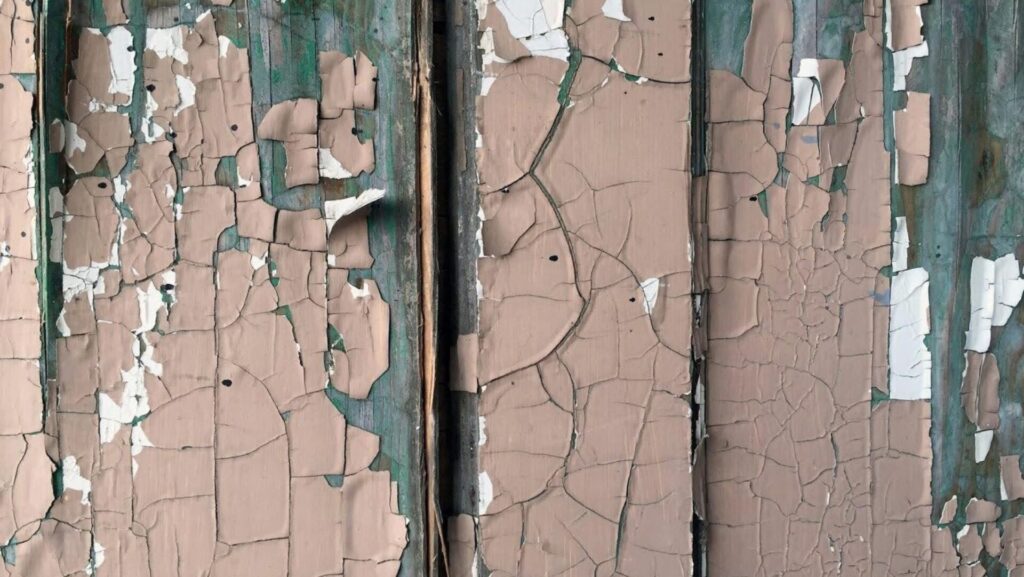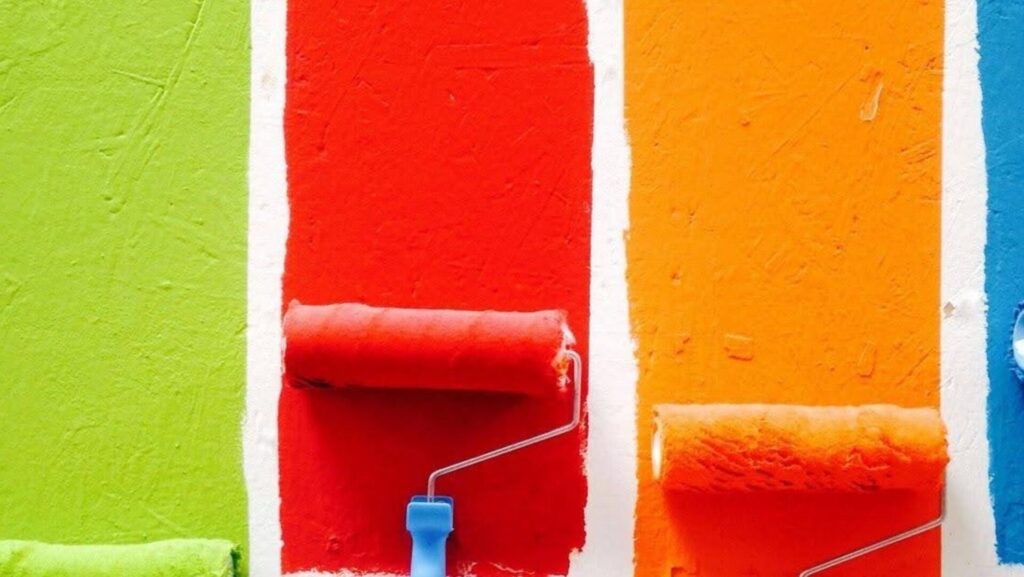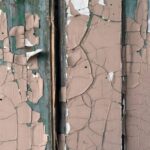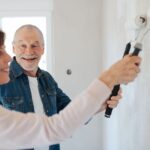
If you have decided to carry out painting and anticipate the new home’s look, wait a minute. Before you start painting, especially when doing it on your own, it is essential to prepare the surface thoroughly. However, note that this action is never limited to removing the dust and surface dirt only.
It requires more intense cleaning to ensure the longevity of the painting results. If you want to carry out this routine excellently, request a quote for local pressure washing services from professionals. They will prepare the surface in the best way possible, ensuring it is thoroughly ready to become fancy.
Why Thorough Surface Cleaning and Preparation before Painting Matter?
You may have doubts about whether you really need surface cleaning before painting. Well, the foremost consideration in this case is to remove anything that will appear before the surface and future painting. Any residue will worsen the end results.
If you need more detailed explanations about why surface preparation matters, here are the most essential points:
- Through preparation helps to avoid costly mistakes. When you fail to clean and prepare the surface for painting once, it is more likely that you will need to do the same work twice in the short-term perspective.
- Ensures better paint adhesion. The advanced and thorough cleaning removes dust, dirt, grease, and old paint. These factors prevent new paint from bonding properly. In contrast, when you remove them, you create conditions for better paint adhesion.
- Improves aesthetics. A thorough preparation ensures a smooth, even finish by removing any excess stuff and correcting any imperfections. It helps to make the end result uniform and look professional.
Step-by-Step Preparation before Painting
If you want to prepare the surface before painting to ensure long-lasting results, here are several essential steps to pass and succeed:
- Inspect the surface thoroughly
Before diving into the preparation work itself, it is essential to inspect the target surface thoroughly. Look for the areas that feature cracks or other damage. You will have to cure them before painting to ensure a smooth finish. Any unstable surfaces may prevent paint from adhering correctly.
- Pressure washing
Some professionals prefer to start from scrubbing, but others find this approach to be overcomplicated. Instead, pressure washing ensures a smoother surface preparation and gentle removal of dust, dirt, mildew, moss, and other residue from the surface. Pressure washing actually touches the upper layer of the surface, making it more prone to subsequent preparation. Here is how it works at a glance.
The high-pressure stream of water strips away different contaminants and old paint. It removes any stubborn dirt a homeowner would likely fail to remove on their own. A more thoroughly cleaned surface will be a better base for paint adhesion and longer results.
- Scraping old paint
After thorough pressure washing, it is essential to scrub the surface thoroughly as well. Over time, paint can peel, chip, and crack because of the outer environmental factors. Scraping off the failing, old paint is among the most essential steps in the surface preparation process. It is made by using a paint scraper, putty knife, or a specially-designed paint scraper for large areas.
- Sanding the surface
Once the majority of old paint is scraped off, it is essential to carry out the sanding of the surface to smooth out any rough areas left behind. Sanding also helps to ensure a slightly abrasive surface, ensuring much better paint adhesion.
- Final cleaning and drying
Once the surface is complete, give it another once-over. Inspect the surface to detect any imperfections. Rinse any remaining part of the old paint from it and let it dry.

The latter aspect is crucial to maximizing paint adhesion.
Tips for Better Surface Preparation
If you want to prepare your surface to maximize future paint adhesion and ensure better aesthetic appeal, these suggestions from professionals are helpful:
- Consider the specifics of each surface type. Preparing walls, wooden, or metal surfaces always has its specifics. For instance, the preparation is different because of the various types of sandpaper that are used to sand the surface; most often, it is fine-grit or medium-grit.
- Check the weather forecast in advance. It is often an overlooked aspect that can ruin all the results of previous efforts. Make sure there will be no rain for at least several days after painting. This time will help the paint to dry and remain on the surface for as long as possible.
- Make sure the temperature is right. It is better to devote special attention to temperature. Avoid any extreme temperatures. Even if it seems that extremely hot weather can help your paint dry faster, painting when the temperature is above 90°F (32°C) is not a good idea. It will affect the curing process. The same applies to low temperatures that are below 50°F (10°C). Picking an optimal temperature somewhere between the mentioned thresholds is actually the best idea.
- Don’t neglect primer. It is essential for wooden surfaces. If there is any damage in place, the primer is necessary as well. A good primer will create a barrier between the surface and paint, enhancing the paint adhesion and durability of the results. A primer is also very helpful to block stains and tannins. Many homeowners neglect applying primer and make a big mistake that will cost a lot in the long-term perspective.
Bottom Line
Painting is among the best and easiest ways to refresh your home and other premises. Even though it seems to be easy, it still requires thorough preparation and dedication, especially when you follow the DIY approach. This guide will help you navigate the process and clean the target surface properly. This small yet meaningful effort will help you prevent costly mistakes and ensure better paint adhesion for many years to come.












